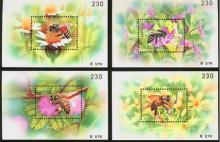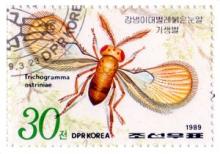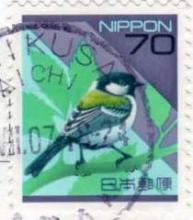NABU und BUND: Agrarlobby verbreitet falsche Informationen
"Eindeutig widersprechen wir der Fördergemeinschaft für nachhaltige Landwirtschaft (FNL), die allein der Bienenmilbe Varroa die Schuld an den Völkerverlusten gibt", unterstreicht NABU-Präsident Olaf Tschimpke. Das weltweite Bienensterben habe komplexe Ursachen, wie eine neue Studie der UN-Umweltorganisation UNEP belegt: Demnach schwächen der Verlust der Biodiversität, ausgeräumte Agrarlandschaften und der Einsatz von Pestiziden die Bestäuber ganz erheblich, und zwar sowohl Wildbienen und Hummeln als auch Honigbienen. "Statt auf seriöse Fakten zu bauen, missbraucht die industrienahe FNL das Deutsche Bienenmonitoring (DEBIMO) für ihre tendenziösen Botschaften", kritisiert Tschimpke.








